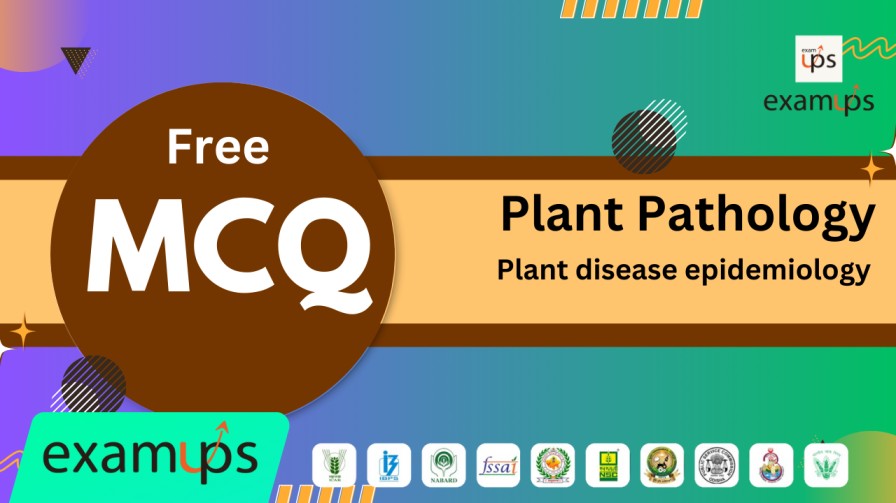Daily Agriculture Current Affair with MCQ Important for ICAR-JRF, SRF, IBPS-AFO, BHU, Pre-PG, all agriculture competitive exams
1. Agriculture’s Share of GDP has Declined
The contribution of India’s agriculture sector to the Gross Domestic Product (GDP) had decreased from 35% in 1990-91 to 15% in 2022-23. This downward trend is due to the proliferation of the industrial and service sectors during this period. Still, despite this downward-sloping trend for share, the agricultural and allied sectors have shown resisting power and maintained an average annual growth of 4% in the last five years.
2. Rise in Urea Production
The fertilizer sector of India has been facing challenges; however, the production of urea has increased significantly in the recent past. The government’s objective of ‘Atmanirbharta’ or self-reliance has driven investments in the production of urea. From 2011-12 to 2023-24, India’s domestic urea production has increased considerably, reducing the dependence on imports.
3. UP Open Network for Agriculture
The Uttar Pradesh government has collaborated with Google Cloud to launch an innovative agricultural network. This new initiative, powered by Google’s Gemini framework and the Beckn Protocol, is designed to provide farmers with comprehensive access to all the services that are important for them, such as market linkages, financial services, and agricultural advisories.
4. Farmers’ Protests and Supreme Court Committee Update
Recent incidents have further escalated the farmers’ protests at the Punjab-Haryana border. The Samyukta Kisan Morcha (Political) has refused to participate in a high-powered committee formed by the Supreme Court to discuss their demands. On January 4, the Bharti Kisan Union (BKU) decided to pull out of the committee, stating that it was not satisfied with the government’s attitude.
5. Punjab Arhtiyas Seek Reforms in Agricultural Policy
Punjab’s arhtiyas, who act as middlemen between farmers and buyers, are now pushing the state government to implement the Punjab Agricultural Produce Markets Act, 1961, as a national model. This Act has been responsible for change in the agriculture scene of the state for more than five decades. The arhtiyas believe that implementing the Act can help farmers throughout the country.
6. Adoption of F-T-P Approach for Sustainable Sugar Industry
The biofuel sector is at a very critical juncture where sustainable development, energy security, and climate action meet. The Feedstock-Technology-Product (F-T-P) approach is an integrated approach structured to include biofuels within various industries, especially sugar. This method adheres to the National Policy on Biofuels of India in order to push for alternative fuel usage and curb greenhouse gas emissions.
7. Telangana Govt Invites IIT to Analyze Polavaram Irrigation Project
The Telangana government has agreed to collaborate with the Indian Institute of Technology, Hyderabad (IIT-H) experts to study the impact of the Polavaram irrigation project on the Godavari River. This is in response to criticism that the project would harm the local water resources and the environment.
8. Project VISTAAR Launched
IIT Madras has partnered with the Ministry of Agriculture and Farmer Welfare to launch Project VISTAAR, which aims at digitalizing the agricultural extension system. The pilot project, which is called Virtually Integrated System to Access Agricultural Resources, is going to make information, resources, and support services available to farmers through digital platforms.
MCQ
Explanation: The agriculture sector’s share declined from 35% to 15%, a drop of 20%.
Explanation: Despite the decline in share, the sector maintained a 4% average annual growth.
Explanation: The focus on domestic urea production aims to achieve self-reliance and reduce import dependence.
Explanation: The UP Open Network uses Google’s Gemini framework and the Beckn Protocol.
Explanation: BKU pulled out of the committee due to dissatisfaction with the government’s stance.
Explanation: Punjab’s arhtiyas suggest implementing this act as a national model.
Explanation: The F-T-P approach adheres to India’s National Policy on Biofuels.
Explanation: The Telangana government has collaborated with IIT Hyderabad for this study.
Explanation: Project VISTAAR focuses on making agricultural resources available digitally.
Explanation: The F-T-P approach aligns with India’s National Policy on Biofuels.
Explanation: The UP government collaborated with Google Cloud to launch this network.
Explanation: Agriculture’s share in GDP was 35% in 1990-91.
Explanation: Increased domestic production of urea has lowered import dependence.
Explanation: “Atmanirbharta” refers to the goal of self-reliance in urea production.
Explanation: The Ministry of Agriculture and Farmer Welfare partnered with IIT Madras for this initiative.








